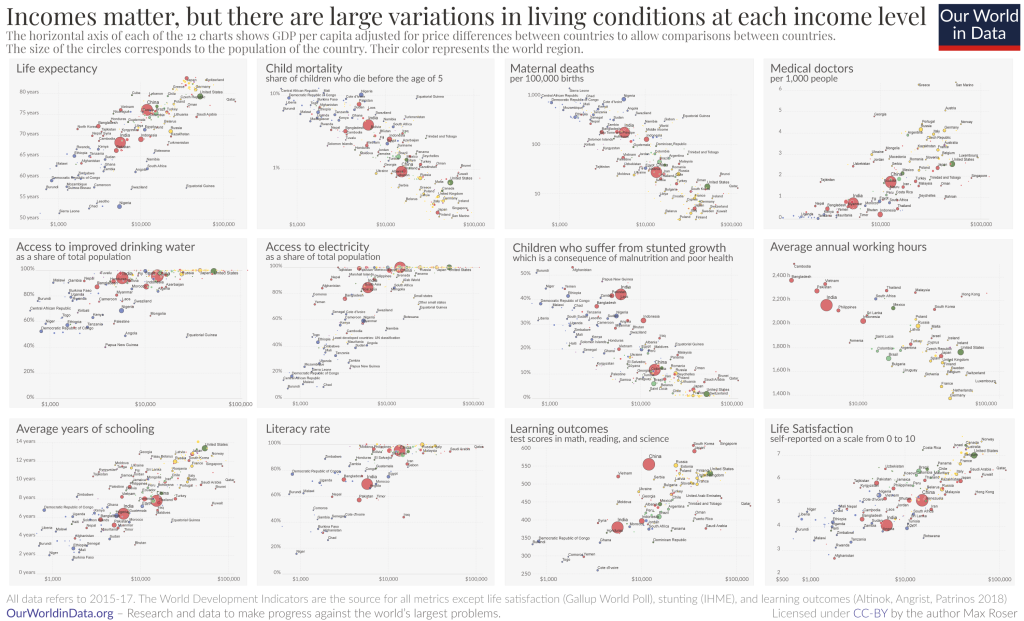Out of the pandemic is the dream of populations across all countries in the world at present. The following text has been taken from Our World in Data, the Oxford University work group, the reports of which are used for teaching and information worldwide. Coming out of the pandemic is what every country in the world wants. As in all our work our main question is to ask how the world can make progress against the pandemic and early on we focused on the fact that there are very large differences in how successfully different countries have responded. Some countries suffered terrible outbreaks and lost tens of thousands of lives while others responded well and limited both the damage to their economies and to their population’s health.
https://ourworldindata.org/exemplars-in-global-health
That some countries have been successful in limiting the disease’s impact in their way out of the pandemic shows us that an effective response is possible.
Vietnam’s commitment to containment
Although Vietnam reported its first case of COVID-19 on January 23, 2020, it reported only a little more than 300 cases and zero deaths over the following four months. This early success has been attributed to a well-developed public health system, a strong central government, and a proactive containment strategy based on comprehensive testing, tracing, and quarantining. Vietnam has taken a targeted approach to testing, scaled up testing in areas with community transmission, and conducted three degrees of contact tracing for each positive case. As a result of its detection process, hundreds of thousands of people, including international travelers and those who had close contact with people who tested positive, were placed in quarantine centers run by the government, which greatly reduced transmission at both the household and community levels. Hot spots with demonstrated community transmission were locked down immediately, and the government communicated frequently with citizens to keep them informed and involved in the public health response. As the country experienced SARS in 2003 and human cases of avian influenza between 2004 and 2010 it had both the experience and infrastructure to take appropriate action.
Germany’s strong enabling environment
Germany has shown uccess across the four phases of our preparedness and response framework: prevent, detect, contain, and treat. The country’s incredibly good local public and health care system and expert scientific institutions were key. Prevention protocols included early establishment of testing capacities, high levels of testing, an effective containment strategy among older people, and efficient use of the country’s ample hospital capacity.
Local health authorities, the Robert Koch Institute and other scientific institutions mobilized in early January to launch national crisis management to understand the epidemiology of the pandemic. One of the first diagnostic tests for COVID-19 was developed at Berlin’s Charité hospital, and the government worked to mobilize the country’s public and private laboratories to rapidly scale up testing capacity. Later, Germany became a pioneer in polymerase chain reaction (PCR) testing.
Germany achieved relatively limited transmission in long-term care facilities. The comparable low rate of infection among Germany’s population over age 70 is probably one driver of its relatively low case fatality rate overall. With a large number of hospital beds and careful planning, Germany’s intensive care units (ICUs) have not been overly stressed.
In April, Germany began relaxing its physical distancing measures, informed by continuous tracking of key indicators and supplemented by findings from serological testing.
South Korea learned the lessons of MERS
South Korea flattened the epidemic curve quickly without closing businesses, issuing stay-at-home orders, or implementing the stricter measures adopted by other high-income countries. The country has shown early success in detection, containment, and treatment through a collaboration between government and the scientific community. It built hundreds of innovative, high-capacity screening clinics and ensured adequate supply of tests. Approximately 600 testing centers were established to screen people outside of the health system, reaching 15,000 to 20,000 tests per day.
South Korea isolated infected patients, supported those in quarantine to increase compliance and, most importantly, traced contacts. A workforce of hundreds of epidemiological intelligence officers was deployed for these tracing efforts and empowered to use a wide variety of data sources, including credit card transactions and closed-captioned television footage.
The health system surged to meet demand. An additional 2,400 health workers were recruited in Daegu alone. Temporary hospitals increased capacity and addressed shortages of personal protective equipment.
After its flawed response to an outbreak of Middle East respiratory syndrome (MERS) in 2015, the government made several reforms to the health system to boost preparedness. In addition, a well-functioning national health insurance system, ample human resources and infrastructure, and constructive relationships with key institutions such as the president’s office, the Ministry of Health, and the Korean Centers for Disease Control and Prevention, allowed for an extraordinarily decisive response to the pandemic.
Dr Paulo Bittencourt


